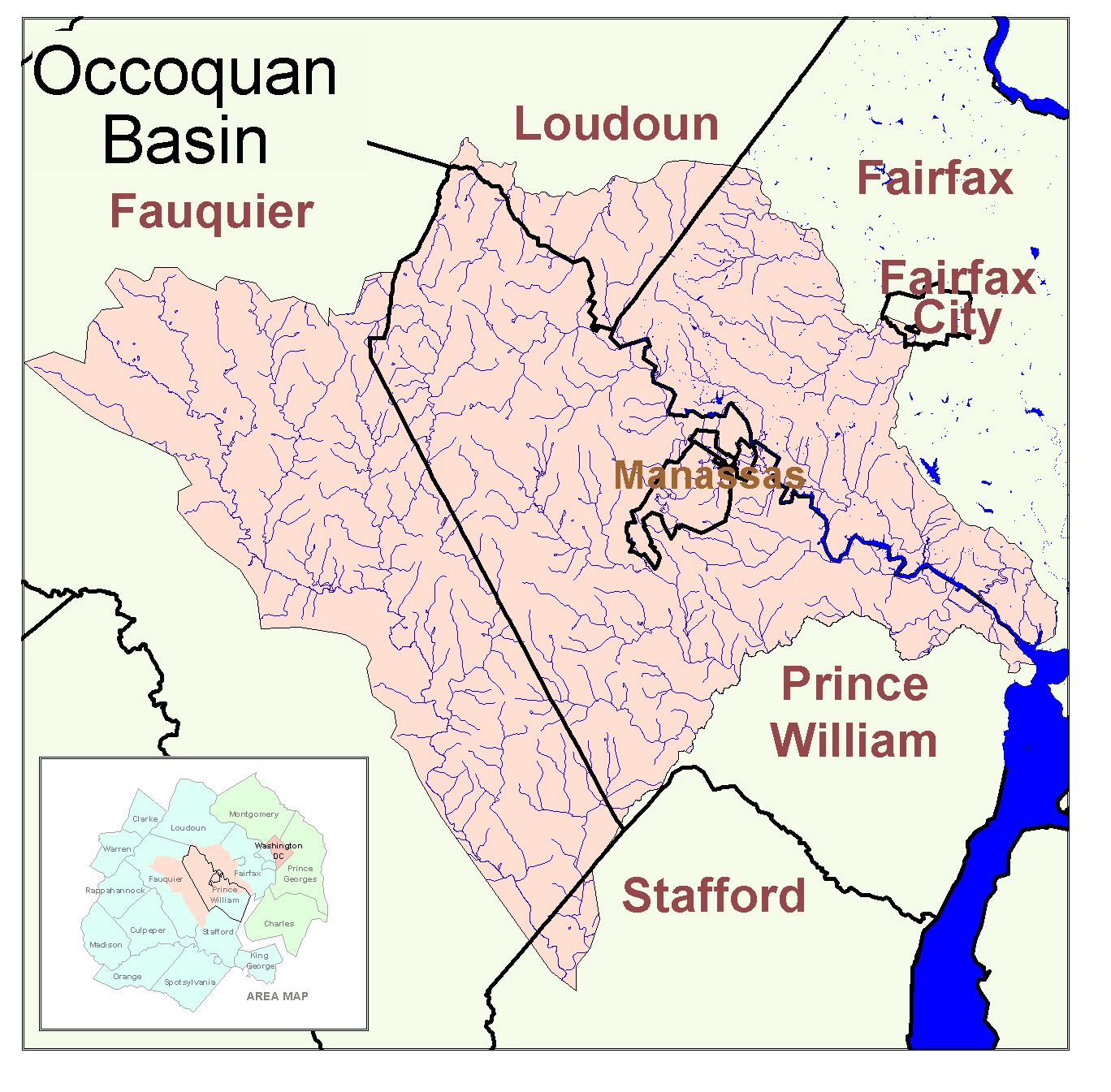Mendoza Argentina ©eop
I am using some copyrighted items in the power pointe presentations, and I cannot legally post them without permissions (the fair use doctrine allows their use in class sessions), so instead I shall post outlines of the sessions along with notes where appropriate.
World Water Supplies: The Coming Crisis
Session I: Introduction - Water in Human Culture
I. Introduction.
A. "Many of the wars of the 20th century were about oil, but the wars of the 21st century will be over water." Serageldin, V.P. World Bank.
II. Course Schedule:
22 September Introduction – Water and Human Civilization
29 September The Physical Geography of Fresh Water Supplies
6 October Human Uses of Fresh Water
13 October The Social Organization of Water Distribution
20 October Water Supply Challenges in Arid Zones
27 October Water Supply Challenges in Humid Zones
3 November Issues for the (Near) Future: Demand Growth, Climate Change, Contamination and the Control of Water Supplies
10 November Fresh Water Supplies – The Coming Crisis
III. Water "Wonderful Stuff."
A. Some characteristics of water.
1. Abundant in universe and on earth.
2. All 3 phases (liquid, solid, gas) found on or near earth's surface.
3. Ice floats!
4. Good reaction and transport medium.
5. "Universal solvent."
B. Water and life.
1. All known forms require water at some stage.
2. Many (most?) forms incorporate water as part of body.
3. Human life and many life forms essential to human survival require fresh water.
C. Fresh water.
1. 2.5 percent of earth's water (graphic)
1. Much in glacial ice (Antarctica, Greenland, sea ice)
2. Much otherwise inaccessible!
2. Characteristics.
| Fresh Water | Brackish Water | Saline Water | Brine |
| <0.5 ppm | 0.5-30 ppm | 30-50 ppm | >50 ppm |
IV. Hydraulics and human civilization.
A. Water Management.
1. The 3 "Ss" of water management.
a. Salt.
b. Silt.
c. (Social) Stability.
2. Water management issues.
a. Flooding and drainage.
b. Seasonal variation.
c. Regional variation.
d. Multi-year variation.
c. Cadaster.
C. Early civilizations and water management (hydraulic civilizations?)
1. Mesopotamia ("Fertile Cescent")
1. Seasonal variation.
2. Regional distribution of water.
2. Indus Valley.
1. Seasonal variation.
2. Regional distribution.
3. Mesoamerican civilizations.
1. Access to water (Mayan in Yucutan to Peten)
2. Control of drainage (Andean)
4. China, the Yangtze and "Tian Ming" the Mandate of Heaven.
D. Water and the fall of civilizations.
1. Salting of water supplies and soil.
2. Silting of water supply conduits.
3. Social upheaval (war, revolution)
4. Environmental change (climatic change).
(sorry for the formatting; I am mixing materials originally composed using Open Office, Microsoft Office, and Google. To no one's surprise, they do not interchange well!)
I forgot to show it in class, but after I had put together the materials for the first session I came across a new book which covers much the same ground and in very much greater detail. I strongly recommend:
Solomon, Steven. 2010,
Water: The Epic Struggle for Wealth, Power, and Civilization. New York: Harper. 596 pp. ISBN 978-0-06-054830-8.
Do not forget to calculate your water footprint for our session on 6 October. Go to the website'\:
+-+Copy.jpg)
.jpg)



